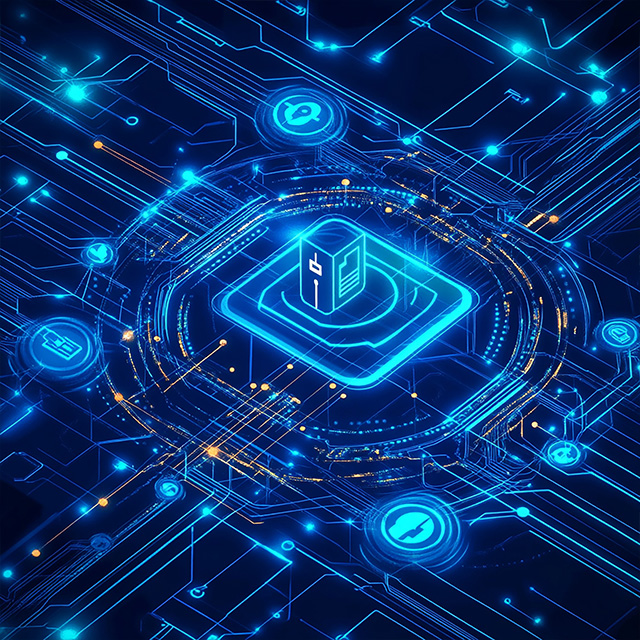Overview
IoT security involves the strategies, technologies, and solutions designed to protect Internet of Things (IoT) devices and ecosystems from cyber threats. With IoT devices spanning industries such as critical infrastructure, healthcare, manufacturing, and consumer applications, their integration into vast, interconnected networks makes them prime targets for cyberattacks. Effective IoT security ensures the confidentiality, integrity, and availability of data and systems, preventing unauthorized access, data breaches, and device manipulation.
Key Objectives of IoT Security
Device Authentication
Ensure only authorized devices are allowed to connect to networks and systems
Data Protection
Safeguard sensitive data transmitted between IoT devices and their ecosystems.
Threat Detection
Identify and respond to threats, anomalies, or vulnerabilities in real-time.
System Integrity
Prevent tampering or unauthorized modification of IoT devices and their firmware.
Compliance
Align with security standards such as NIST IoT Cybersecurity Framework, ISO 27001, and GDPR.
Critical Infrastructure
- Smart Office Devices: Secures devices like printers, smart speakers, and cameras.
- Retail Analytics: Protects IoT-enabled systems collecting customer data.
- Healthcare IoT: Safeguards patient-monitoring devices and smart medical equipment.
- Smart Cities: Secures IoT infrastructure for traffic management and public safety.
- Data Analytics Platforms: Ensures secure data aggregation from IoT devices.
- Energy Efficiency Systems: Protects smart meters and energy management tools.


Operational Technology (OT)
- Industrial IoT (IIoT): Secures sensors and actuators in automated production lines.
- Oil and Gas Sensors: Protects IoT-enabled pressure and temperature monitoring devices.
- Energy Sector IoT: Secures connected devices in power distribution systems.
- Agricultural IoT: Protects devices monitoring soil and weather conditions.
- Utilities: Safeguards IoT infrastructure in water treatment and distribution systems.
- Logistics and Transportation: Secures IoT systems tracking fleet vehicles and cargo.
Conclusion
IoT security is a crucial component of modern cybersecurity, ensuring the safe and reliable operation of connected devices across diverse industries. By implementing strong authentication, encryption, monitoring, and access control measures, organizations can safeguard their IoT ecosystems from evolving cyber threats. As IoT adoption expands, securing these devices and their data remains essential for maintaining operational integrity, compliance, and trust.



